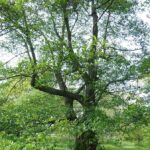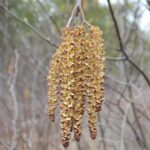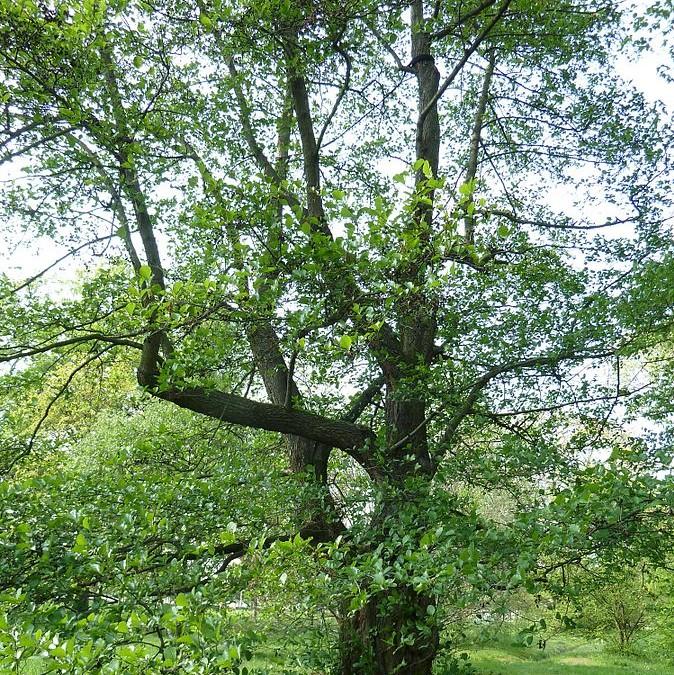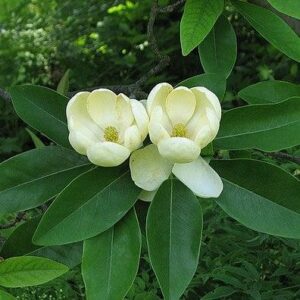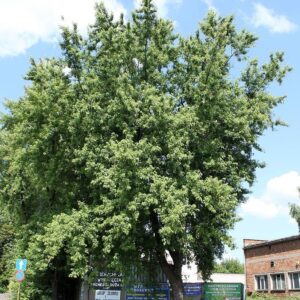The Smooth Alder, also known as Alnus serrulata, is a deciduous tree native to North America. It is commonly found in wetland areas, such as swamps, marshes, and along stream banks.
The Smooth Alder is known for its smooth, grayish bark and its ability to tolerate wet soil conditions. It has dark green, oval-shaped leaves with serrated edges, which turn yellow in the fall before dropping off. The tree produces small, cone-like fruits that contain seeds.
The Smooth Alder is often used in landscaping projects for erosion control, stream bank stabilization, and as a wildlife habitat. It provides food and shelter for various bird species and other wildlife.
|
Type: |
Tree |
|
Origins: |
Eastern N. America, GA Native |
|
Height: |
10 – 20’ |
|
Spread: |
8’ – 15’ |
|
Spacing: |
12’ |
|
USDA Hardiness Zone: |
4 – 9 |
|
Culture: |
Full Sun, Part Sun |
|
Bloom Color: |
Yellow (male), Red (female) |
|
Season of Interest: |
Spring, Year-Round |
MAINTENANCE NEEDS: Low maintenance. Canker can be severe, and powdery mildew and leaf curl may appear. Watch for aphids, leaf miners, lace bugs, and flea beetles. Chlorosis will appear in high pH soils.
LANDSCAPE USES: Specimen planting or Grove, Wetlands and ponds, Woo dland Garden, Naturalized Areas, Native Garden, and Shade Tree.
COMPANION PLANTS: River Birch, Swamp Chest Oak, Southern Lady Fern
IMAGES: Aroche, Alnus serrulata arboretum Breuil 2, CC BY-SA 3.0, (2) Photo by sonnia hill, Alnus serrulata, (3) photo by Fyn Kynd, Smooth Alder – Alnus serrulata
*As plants have ranges in appearance they may not appear as the images shown.

